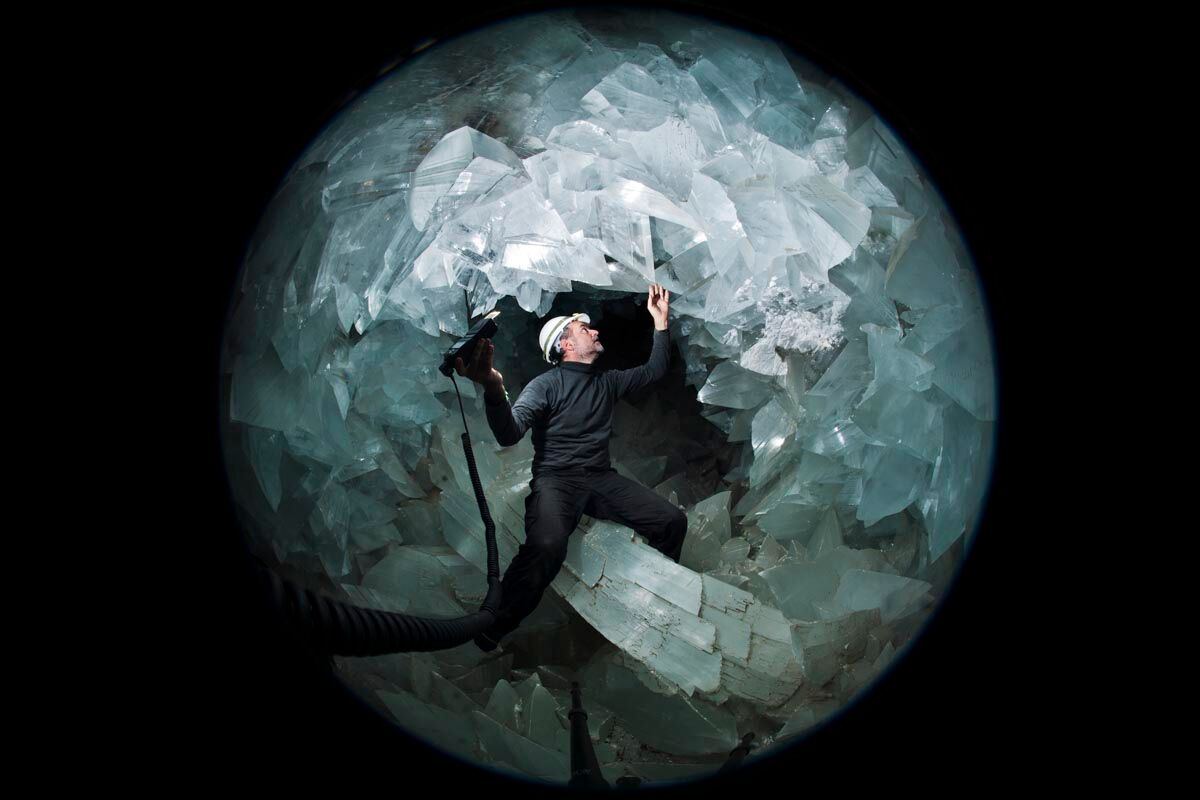When you purchase through links on our site , we may earn an affiliate mission . Here ’s how it works .
capture carbon dioxide , a potent greenhouse gas , has long been a focus for research worker trying to slow down clime change . A chance discovery inspired by sea urchins could pave the way to strip , cheap , effective capture CO2 at coal - displace king plants and other " dirty - burn " industrial facilities .
Scientists at Newcastle University were researching carbonic dose chemical reactions ; what chance when CO2 reacts with water . They needed a accelerator to bucket along up such reactions . Dr. Lidija Šiller , a physicist and Reader in Nanoscale Technology at Newcastle University , also happened to be studying how being like sea urchin take in CO2 into their body .

To Capture CO2, Scientists Look To Sea Urchins
Sea urchins ’ prickly exoskeletons are made from Ca carbonate , also know as meth . But sea urchin are not born this way . They have to progress their spiny casing as they grow and they do this by absorbing CO2 dissolved in the oceans .
" When we analyzed the aerofoil of the urchin larvae we found a high concentration of Nickel on their exoskeleton , " Dr. Šiller said . Her squad tot up nickel nanoparticles to their carbonaceous acid reaction , which absent all of the CO2 , converting it into chalk .
convert CO2 into atomic number 20 carbonate is n’t a altogether new idea .

" One way to do this is to practice an enzyme called carbonic anhydrase , " explains Gaurav Bhaduri , pass author on the paper and a PhD student in the University ’s School of Chemical Engineering and Advanced Materials .
However , in addition to create chalk when reacting with CO2 , carbonic anhydrase also make carbonic Lucy in the sky with diamonds . This is a bragging problem because the enzyme does not influence in acidic status , limiting the clock time the process can be work . But the sea urchin - enliven nickel nano - particles do n’t slow down in more acidic conditions .
They ’re also magnetised , which means they can be recapture and used repeatedly , and many metre cheaper than carbonic anhydrase .

Human beings were responsible for foremitting nearly 40 billion tons(36 billion metric tons ) of CO2 into Earth ’s environment in 2013 , according to the Earth System Science Data Discussions , a peer - reexamine journal . Chinacontributed the greatest fraction of that total , come by the United States . The principal germ of the emissions were coal - cut power multiplication public-service corporation .
Most plans for prevent CO2 from escaping such plant rotate around driving catch carbon deep underground . But such Carbon Capture and Storage ( CCS ) or Carbon Sequestration system are extremely costly . They also launch the hazard of carbon copy migrating through opening in bedrock and come forth smashing distance from the storage site .
The Newcastle University research worker suggest set a column of water and Nickel nano - particles on the lamp chimney of a power industrial plant or factory to bewitch CO2 directly from the waste gas . The safely neutral calcium carbonate produced by the reaction could then be recover and used to make cement , plaster medical mould , or a motley of other practical product .

" Our process would not work in every situation – it could n’t be fitted to the back of a railroad car , for example – but it is an effective , loud solution that could be available human beings - astray to some of our most polluting industry and have a pregnant impact on the diminution of atmospherical CO2 , " Dr. Šiller said .















